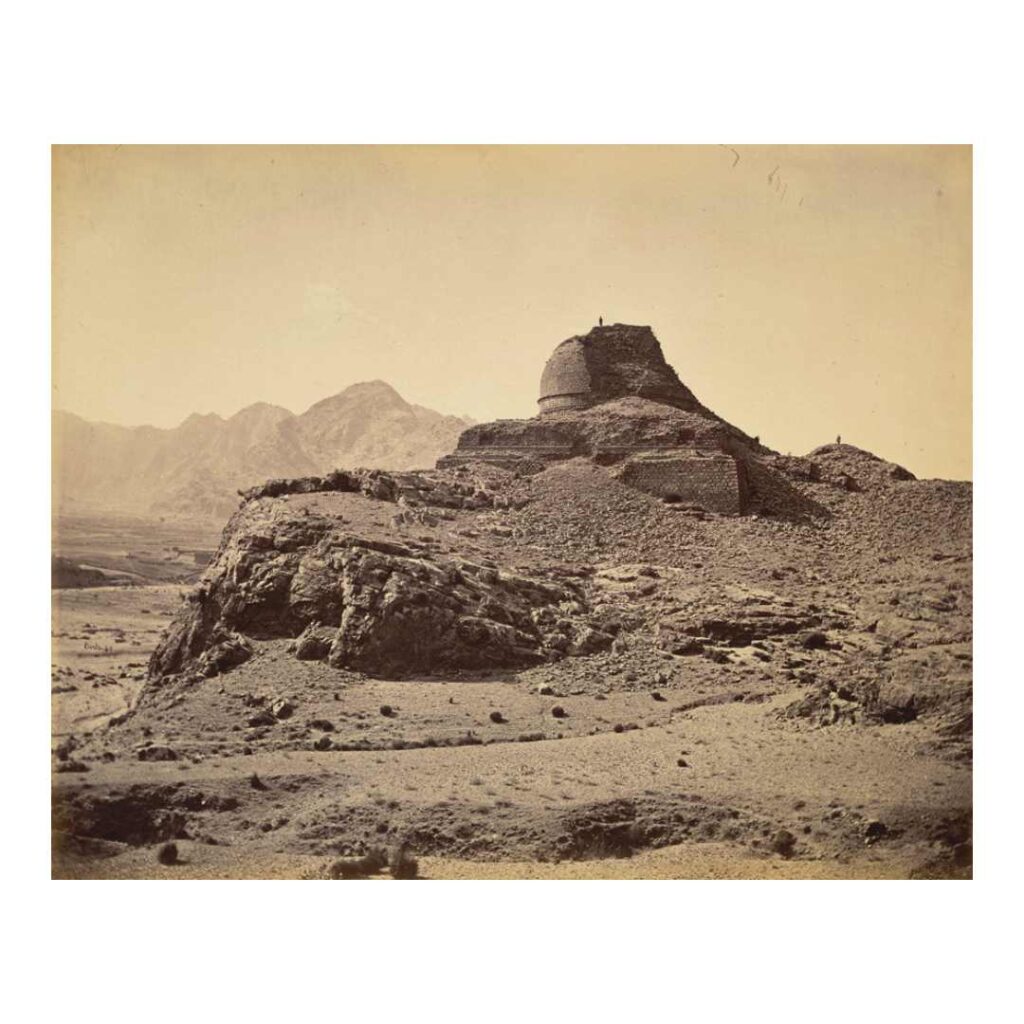Gandhara: Bridging Worlds through Buddhist Rulers and Art

In era of Gandhara, the first Buddhist ruler is not confirmed until date, because of a complex historical background in this region. Gandhara, a primeval constituency in the northwestern part of the subcontinent, dempotained dominant implication in the cultural, artistic, and religious realms. It was renowned for its strategic location alongside ancient silk route, Gandhara became a melting pot of distinct prestige. The Gandhara had a signified importance during the era of Kushan Empire, on that time this region was the sacred center of the entire Buddhist in the world. The Gandharan art, inspired by rome, Greek and Indian style had its own uniqueness, the region represents its cultural richness that originated from this crossways. It plays the role of a citadel of Buddhism; Gandhara had its own amazing legacy supported by splendid stupas, monuments, monasteries and great sacred complexes. However, the Buddhism flourishes in era of Ashoka the great, the emperor of Mauryan Empire. He was first prominent Buddhist ruler of Gandhara in history. The Buddhism was on its peak in his era. Ashoka’s processors were not Buddhist but the teaching of Gautama Buddha impressed him.
Gandhara, an ancient region in the northwestern part of the Indian subcontinent, had several rulers who were associated with or supported Buddhism. It is not confirmed that who is the first Buddhist ruler of Gandhara, but Asoka was the first prominent Buddhist ruler of Gandhara. Here are a few notable figures:
- Asoka (268–232 BCE):
Asoka , an emperor from Mauryan Empire, he was not Buddhist by birth, his forefathers were Hindu, he embraced Buddhism after famous Kalinga war in which thousands of people lost their lives. The credit goes to Asoka for rise of Buddhism in Gandhara. He worked as a key patron for Buddhism. His dedications towards religion can be seen in monuments built by him such as Sanchi and Mahabodhi, these monuments shows his commitments toward Buddhism. He was keen to spread Buddhist teaching in his empire, which also had Gandhara.

- Kanishka (127–150 CE):
Kanishka belongs to Kusham emperor, was a renowned for his services to spread Buddhism in Gandhara, He assembled the fourth Buddhist Council. The council was contributed to the expansion and collation of Buddhist doctrines. The Kanishka’s region had a significance impact on Buddhist culture and artistic heritage in Gandhara.
- Huvishka (150–180 CE):
Huvishka successor of Kanishka, he continued the legacy of supporting Buddhism in Gandhara. His focused areas was Buddhist institutes, he built Buddhist stupas, monasteries and complexes, which played a significant role in flourishes of Buddhism in Gandhara. His commitments was inspirable for Buddhist towards his religion.
- Vasudeva I (190–230 CE):
Vasudeva I, also belongs to Kushan empire, was also considered as one of the biggest supportive Buddhist ruler in Gandhara, In his era, Gandhara emerged as a center of Buddhist culture and art with development in monasteries.
- Kanishka II (230–245 CE):
Kanishka II, another Kushan ruler of Gandhara found in history although the history has not much details about him but he also worked for Buddhism.
- Vasudeva II (270–300 CE):
Vasudeva II, named on his precessor, was also maintained the legacy of supporting Buddhism in Gandhara mby Kushan Emperors.
- Gonanda III (3rd century CE):
Gonanda III, was a ruler from Kashmir, but his empire was extended to Gandhara, neighboring his original region Kashmir. He played a significant role in promotions and organization of Buddhist teachings through his empire.
- The Shahi Kings (7th–9th centuries CE):
The shahi rulers, ruled on north Sub-continent and present day Afghanistan that includes Gandhara region. They embraced Buddhism in early 7th century. During their era, the region maintained to flourish Buddhism. The monasteries, stupas and complexes in the Afghan region and in present day Pakistan’s KPK, were maintained on large scale in the reign of Shahi rulers.

It’s difficult to find a specific ruler as the last Buddhist ruler of Gandhara because this region faced many ups and downs, many political, geographic and cultural changes, many civilizations and religions were flourished in this region, but the region changed its last shape after spread of Islam during Umayyad caliphate.




